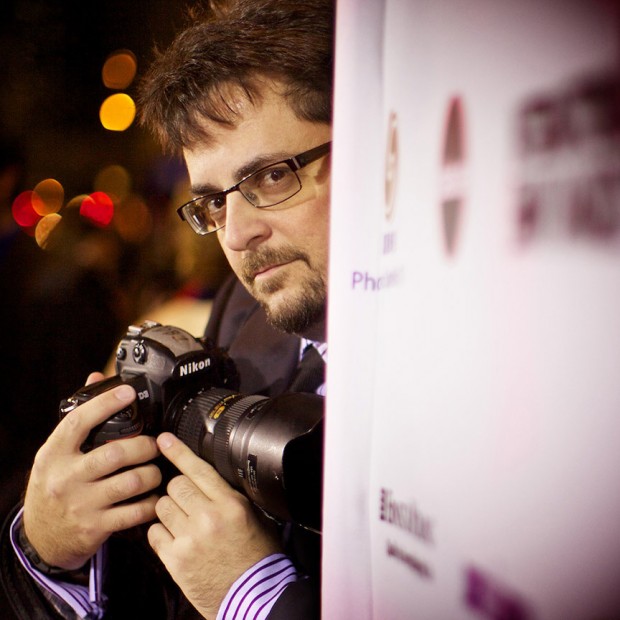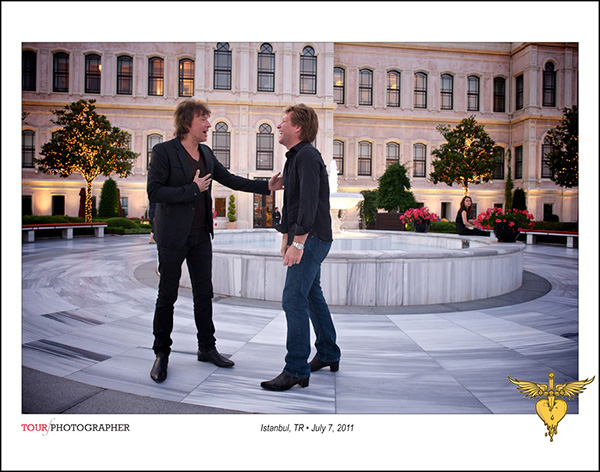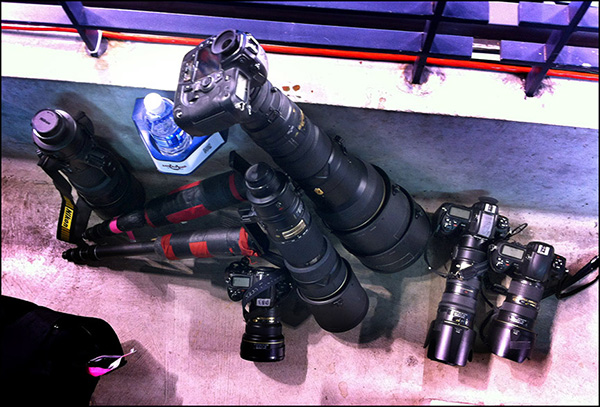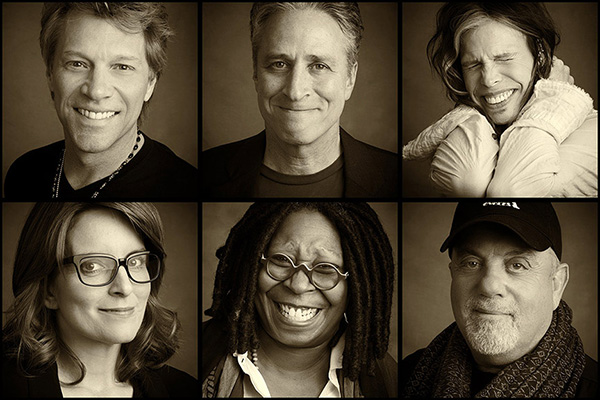
I’m honored to be back here for a second time as Scott’s guest blogger. Like my last post, I’m going to share some non-technical thoughts because it’s too easy to get lost in gear and megapixels.
It’s hard to believe I’ve been a professional photographer for as long as I have, but here are a few things I’ve learned along the way.
People Still Love Prints
Technology is awesome. I sleep with my iPhone next to my bed and am at my computer within minutes of waking up. Photos look great on the iPad and my online portfolio is an important marketing tool.
But physical prints are still king.
When is the last time you held one of your favorite images in your hands, printed on 11X14 heavyweight matte paper? Try it. Have a real print made, frame it, and hang it on the wall. It feels good and looks good.
I’ve created a modern business by selling prints. I tour with a number of bands (most recently Bon Jovi), and offer officially licensed prints through my company TourPhotographer.com. It’s a fun gig, makes money, and fans seem to enjoy getting real prints.

Fans can buy various sizes of my 2011 image of Jon Bon Jovi and Richie Sambora in Istanbul.
Prints have an impact that screen images just don’t have. You can scroll through hundreds of photos in a Facebook web gallery and they’re gone in a flash. But go through a box of mounted prints, and you’ll instinctively handle the artwork more carefully.
After I shoot a job, I try my best to make a big print of my best image, sign it, and mail it to the PR person, manager, subject, etc. Sometimes I actually get a call or email back thanking me for sending it, and the next time I see them, they remember me.
How often does that happen from a web gallery?
There Is More To Being A Professional Photographer Than Just Making Great Images
Photographers are everywhere. Digital cameras, autofocus, and Instagram have made it simple for anyone to make “decent” images.
But how many people do you know who are full-time, working professional photographers? There aren’t that many of us.
Why?
Because “point, click, and share” just isn’t enough.
I was fortunate to begin my career nearly 25 years ago, before technology lowered the entry barrier to the profession. What I learned is that “taking the picture” is only about 10% of the job.
There is so much more that goes into making a successful photography business: Marketing, promotion, invoicing, managing and archiving your image library, backups, balancing the books, buying and testing new gear, commercial insurance and workman’s comp, pre- and post-production, taxes, and more.
Of course, having the right gear for the job is important as well.

Here’s the gear I used at SuperBowl XLVI. If I missed a shot, I couldn’t ask the players to do it again.
Your Uncle Bob may have a shiny new DSLR, but would you trust him to capture a once-in-a-lifetime event like your wedding? What happens when his only battery dies or he’s in the bathroom during the cake cutting?
Just because you occasionally make a good photo doesn’t mean you should quit your day job.
Relationships Are Everything
People hire photographers that they know and like. It’s rare, if ever, that you’ll send in a portfolio or web link cold and get a gig. It just doesn’t happen that way.
If I go back far enough, I can trace most of my best jobs back to friends from college. You never know how it will happen: that guy was friends with this guy, I did a job for his sister and met this person at the gig, and ten years later he works at a big ad agency. Fast forward another ten years and, well, you get the point.
That doesn’t mean you don’t have to do the work. Once you get in the door, you still need to do a great job or they won’t hire you back or recommend you to anyone else.
I recently photographed my fifth Olympic Games, but it was my first time working for NBC. A few months later, when they put together a telethon to raise money for Hurricane Sandy relief, I called my contact at the network so I could do my part to help the storm victims. The next day, I found myself backstage shooting portraits of some of the artists before the show.

I photographed Jon Bon Jovi, Jon Stewart, Steven Tyler, Tina Fey, Whoopi Goldberg, Billy Joel, and others at the telethon.
I donated all of my profit from print sales of these images to the Red Cross. You can see them all at TourPhotographer.com.
Don’t burn any bridges. You never know when you’ll have to cross them.
—-
Those are just a few of the important things I’ve learned over the years. Photography is a service business and, like any other, it’s important to be professional, valuable, and memorable. Treat your clients well and hopefully they’ll keep coming back for more.
You can see more of David’s work at DavidBergman.net and TourPhotographer.com, and follow him on Twitter and Facebook



Thanks for posting again David. I’ve been following you since I saw you on Fstoppers! I loved the GoPro’s you had on the end of your lenses. Bon Jovi rocks!
Such great advice….thanks for sharing your secrets!
Great post. Physical prints are king. Excellent!
David, I agree that holding the physical print is on a higher level than viewing an on-screen image. Recently got an entry level Epson Artisan 1430 inkjet printer and when I printed a 13×19″ image of one of my digital paintings from my current NAPP portfolio page, I was awed at how mesmerizing it was compared to viewing it on screen. Since I make frames, I am eager to print and frame a few of them and just give them away to whoever wants one. Your article simply confirmed what I had just recently learned about the value of the humble print.
give to family, to hone your craft, but realize your work has value. Dont just give it away to everyone else.
In this day and age with typical concert photography limitations what is it that you do different that bands allow you to keep the rights to your own photos?
I regularly read Paul Natkin’s blog and it seems like the music biz wants to own any of the artists work and offer them little in return.
I can agree about the satisfaction of having prints made. I hung a couple of mine in my living room and was so happy. I felt like Christmas had come early or something. The satisfaction was way beyond what I felt when I imported the same photos into Lightroom. It just doesn’t hit home until you open that envelope and see your work in fully glory.
Prints are great! Unless you keep upgrading your storage technologies, many people will loose their electronic files eventually. Prints last relatively forever. Books created from services such as Blurb are also great for preserving images.
Amen David, I agree it is all about relationships. …& your reputation of course.
Really awesome post by David! Very interesting to read!